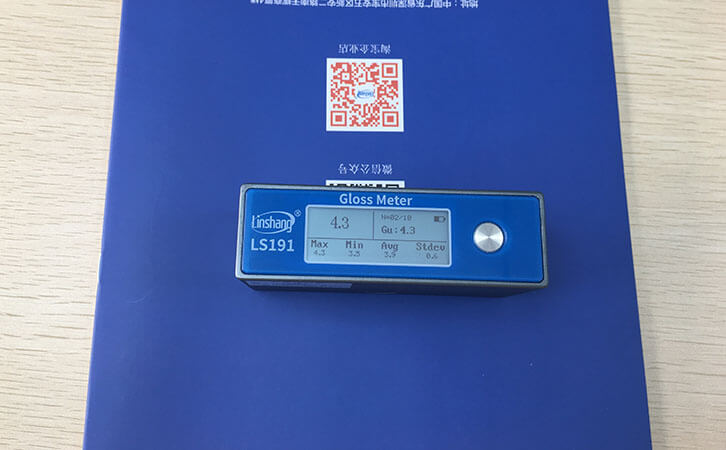What is the Relationship between Paper Gloss and Paper Characteristics?
During the printing process, the ink film is transferred to the paper surface and filled with the unevenness of the paper surface, which makes the printed surface quite smooth. The specular reflection of light from the ink film surface of the printed matter determines the printed matter gloss. The ink film surface is closely related to the characteristics of the paper.
1. Influence of paper characteristics on gloss of printed matter
Paper has a capillary network structure due to fiber interweaving. It has a large number of pores, which becomes the basis for absorbing ink. The balance between the absorption time of the ink capillary and the fixing time of the ink by the paper capillary network determines the degree of penetration of the ink when the gloss of the printed matter is formed. Generally, the gloss of printed matter decreases with the enhancement of paper absorption capacity.
The smoothness of the paper and its own gloss affect the gloss of the print. High smoothness is conducive to the formation of a uniform and smooth ink film, thereby improving the gloss of printed matter. The good gloss of the paper itself can improve the reflectivity of the ink film, especially for transparent inks. Two inks printed on 4 different coated papers. It can be seen from the figure that the print gloss of the two inks increases with the increase of the paper gloss. The correlation between printed gloss and paper gloss is stronger than the correlation between printed gloss and paper absorption capacity.
From the discussion above, it can be found that there is also a correlation between paper smoothness, gloss and absorptive capacity. This is easily explained from the papermaking process. For example, calendering can improve the smoothness and gloss of the paper, while also reducing the amount of voids in the paper, thereby reducing the absorption capacity of the paper. In addition, the pH value of the paper surface is also a factor that cannot be ignored in the formation of printed gloss. A high pH value is conducive to the drying of the ink. It can also improve the gloss of the printed matter.
2. Paper gloss test
The gloss requirements of the paper surface for different purposes are different. And the gloss of the printed matter is one of the important indicators for testing the paper quality. The gloss of printed packaging products is mainly determined by a number of factors such as paper, ink, printing pressure and post-printing methods. So good gloss print will make the paper look elegant and eye-catching.
Therefore, many papers now carry out a series of processes in order to meet the requirements of gloss, such as: online coating, offline coating, laminating, etc. In fact, these papers must be tested with a gloss meter dedicated to the printing and packaging industry during each step of the process. For example, before printing, a gloss test is performed on the raw materials, that is, white cardboard (white cardboard is also coated paper).
For the gloss meterin the printing industry, we generally recommend Linshang LS191 gloss meter. The instrument has a universal 60 degree angle and is suitable for measuring most types of paper. (Gloss is lower than 10GU or higher than 80GU, it is necessary to use a special gloss meter.) The performance parameters of this instrument conform to national standards and the measurement accuracy is high, which can ensure that it can be tested by authoritative metrology agencies. Linshang LS191 gloss meter is not only a special gloss meter for the printing and packaging industry. This instrument can also be used to test the surface gloss of stone, ceramics and baking paint.
